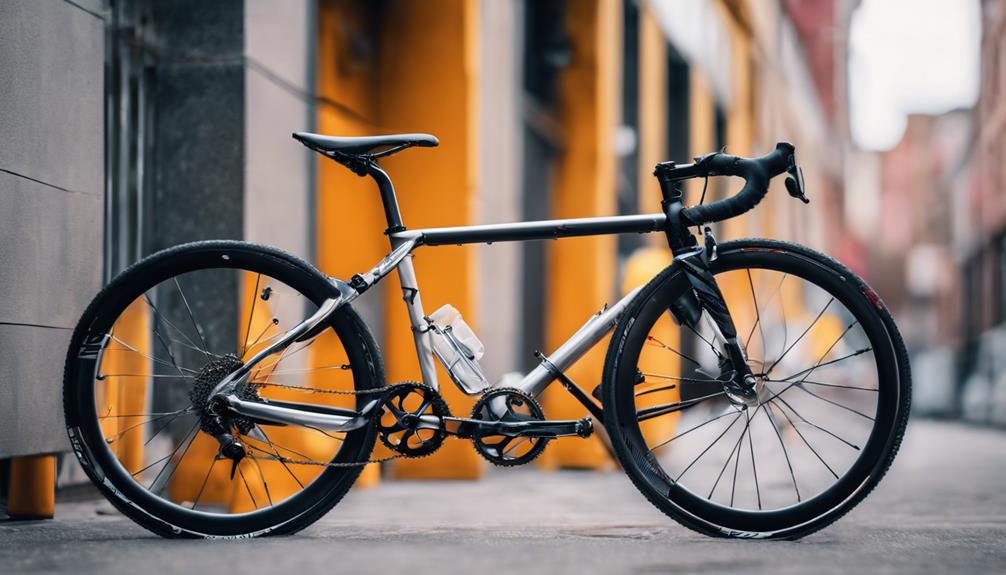Biking is not just a mode of transportation; it’s a passion for many. Whether you’re a casual rider, a commuter, or a competitive cyclist, the right bike pedals can significantly impact your performance and comfort. In this comprehensive guide, we will explore the different types of bike pedals, their features, and how to choose the right ones for your needs.
Understanding Bike Pedals
Bike pedals are a crucial component of any bicycle, as they connect the rider’s feet to the bike and transmit power to the drivetrain. They come in various styles, each designed for specific cycling needs. Understanding these differences will help you make an informed decision when selecting pedals.
Types of Bike Pedals
There are three primary types of bike pedals: platform pedals, clipless pedals, and toe clips. Each type has its unique advantages and disadvantages.
Platform Pedals
- Definition: Platform pedals are flat and provide a large surface area for your foot to rest on.
- Advantages:
- Easy to use: Simply step on and off the bike.
- Versatile: Suitable for casual riding, commuting, and mountain biking.
- No special shoes required: You can wear any type of footwear.
- Disadvantages:
- Less efficient power transfer compared to clipless pedals.
- Foot may slip off during intense cycling.
Clipless Pedals
- Definition: Clipless pedals allow you to attach your cycling shoes directly to the pedals for a more secure connection.
- Advantages:
- Improved efficiency: Better power transfer allows for smoother pedaling.
- Enhanced stability: Your foot remains securely in place.
- Better control: Ideal for road cycling and competitive racing.
- Disadvantages:
- Learning curve: Requires time to get used to clipping in and out.
- Special shoes needed: Typically more expensive.
Toe Clips
- Definition: Toe clips are a hybrid option that attaches to platform pedals and allows you to secure the front of your shoe while leaving the heel free.
- Advantages:
- Increased pedaling efficiency without the need for specialized shoes.
- Easy to use and affordable compared to clipless systems.
- Disadvantages:
- Less secure than clipless pedals.
- Can be cumbersome for quick stops.
Choosing the Right Bike Pedals
When selecting bike pedals, consider the following factors:
1. Riding Style
Your riding style greatly influences your choice of pedals. For casual riders or commuters, platform pedals may be more suitable. Conversely, competitive cyclists will benefit from the efficiency of clipless pedals.
2. Shoe Compatibility
Ensure that the pedals you choose are compatible with your cycling shoes. For clipless pedals, you’ll need shoes with cleats that match the pedal system. Consider the comfort and fit of your cycling shoes, as they can impact your overall riding experience.
3. Terrain and Conditions
Think about where you will be riding. Mountain bikers may prefer platform pedals for easy dismounting on rough terrain, while road cyclists often opt for clipless pedals to maximize efficiency on smooth surfaces.
4. Personal Preferences
Your comfort and confidence matter. If you feel uncomfortable with the idea of being clipped in, you might want to start with platform pedals and transition to clipless as you gain experience.
Popular Bike Pedal Brands and Models
Several brands are renowned for their quality bike pedals. Here are a few popular options across different styles:
Platform Pedals
- RaceFace Chester: A durable and lightweight option ideal for mountain biking.
- Shimano PD-EH500: Versatile pedals that offer both platform and clipless functionality.
Clipless Pedals
- Shimano SPD: A popular choice for both mountain and road biking, known for its reliability.
- Look Keo: A lightweight option preferred by road cyclists for its aerodynamic design.
Toe Clips
- Wellgo WPD-823: Budget-friendly toe clips that provide good performance for casual riders.
- Giant Toe Clips: Great for those looking for added security without full clipless systems.
Maintenance Tips for Bike Pedals
Maintaining your bike pedals is essential for optimal performance. Here are some tips:
- Regularly clean your pedals to remove dirt and grime.
- Check for wear and tear, especially on clipless mechanisms.
- Lubricate moving parts as needed to ensure smooth operation.
- Inspect your shoes and cleats for damage, as worn-out cleats can affect performance.
Conclusion
Choosing the right bike pedals is a fundamental aspect of enhancing your cycling experience. Understanding the differences between platform pedals, clipless pedals, and toe clips will help you make an informed decision based on your riding style, preferences, and terrain. By investing time in selecting the appropriate pedals and maintaining them properly, you can enjoy a more comfortable, efficient, and enjoyable ride.
Whether you’re commuting to work, hitting the trails, or racing on the road, the right pedals can make all the difference in your cycling performance. So gear up, choose wisely, and ride with confidence!
